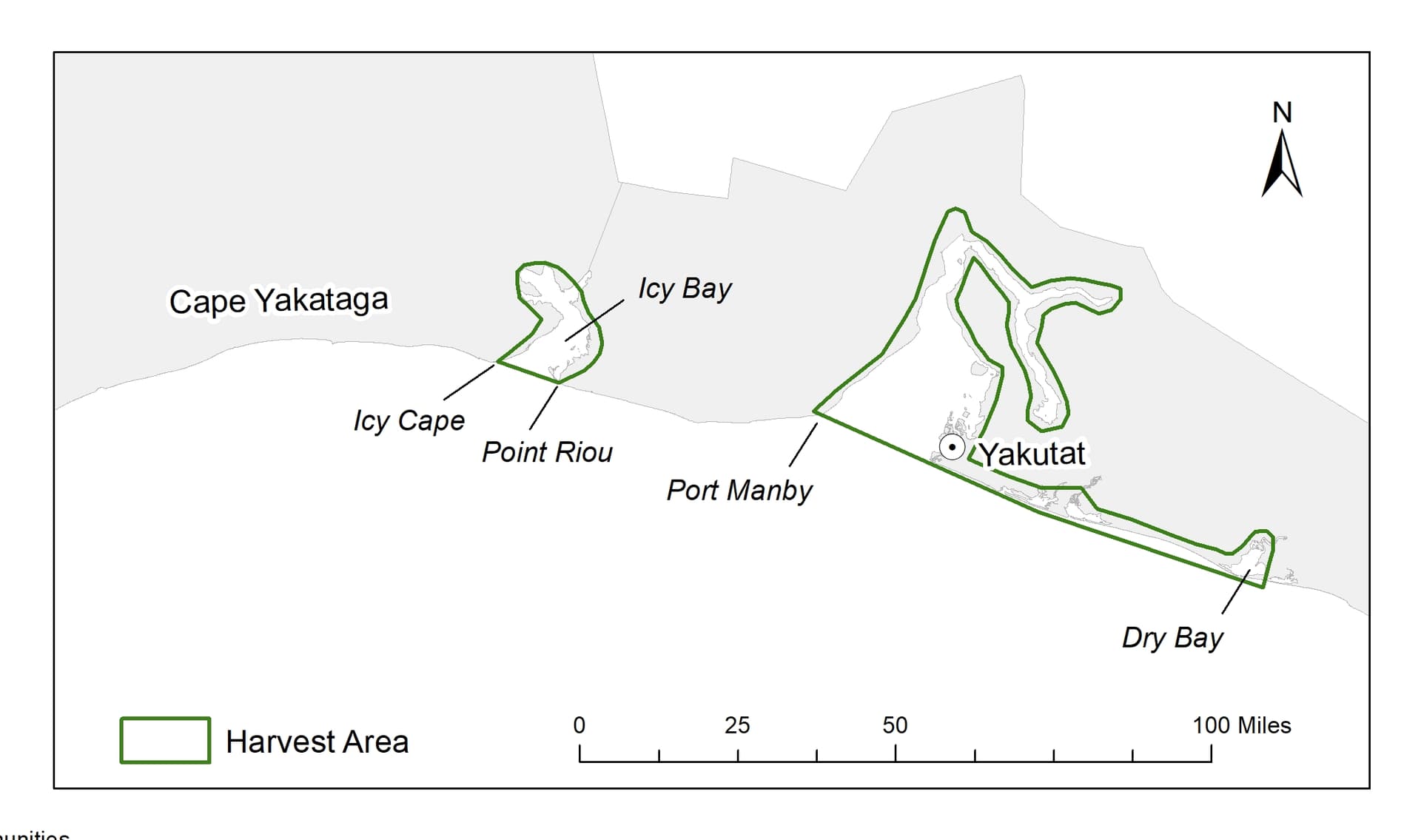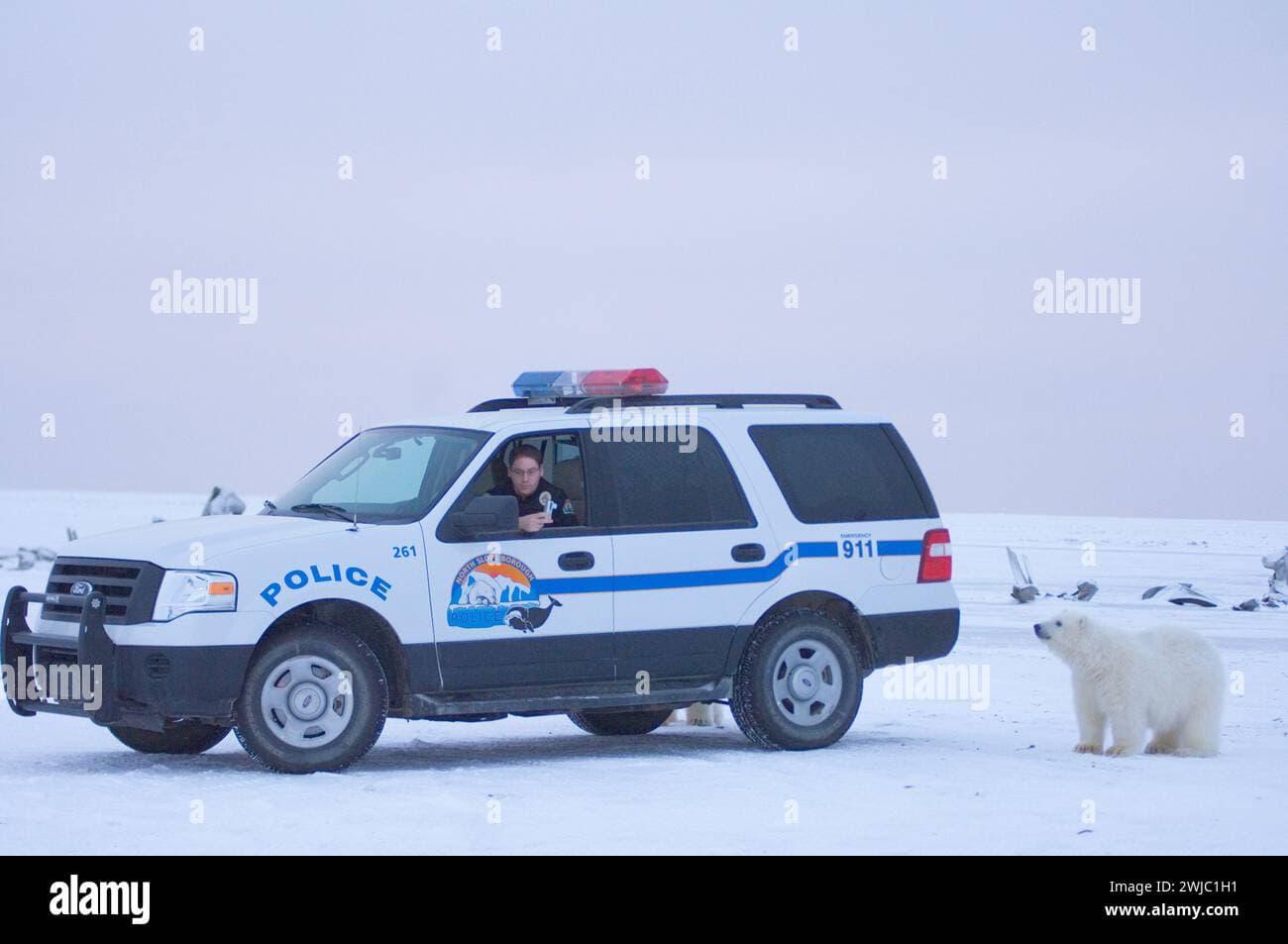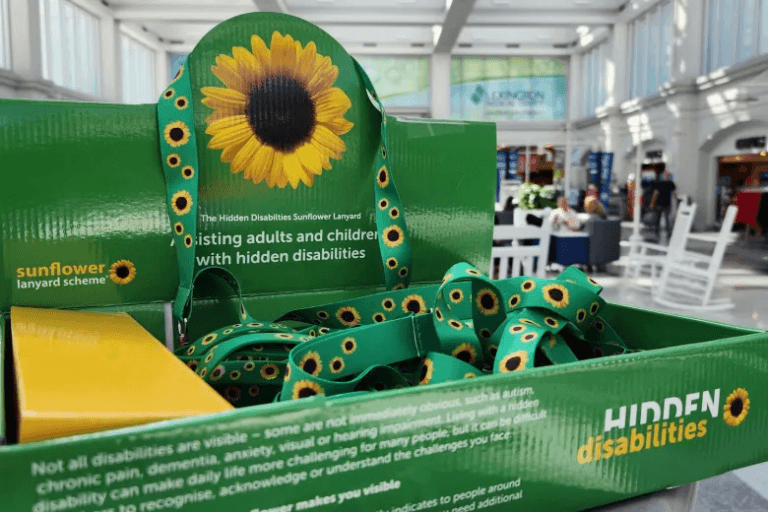New Borough Resource Tracks Subsistence Harvests, Guides Local Policy
The North Slope Borough Wildlife Management department has published a Subsistence Harvest Documentation page that compiles programs, studies and data used to record local harvests of marine mammals, fish, birds and terrestrial mammals. The resource is designed to support shared management, inform policymaking, and help communities preserve sustainable harvest practices and recordkeeping across Utqiaġvik, Point Hope, Wainwright and Prudhoe Bay.
Listen to Article
Click play to generate audio

The North Slope Borough has made a concentrated effort to centralize information about subsistence harvests on a new Subsistence Harvest Documentation page hosted by the Wildlife Management department. The online resource brings together descriptions of programs, ongoing studies and datasets that document local harvesting of marine mammals, fish, birds and terrestrial mammals. For residents whose daily lives and food security depend on subsistence resources, the page is positioned as a practical tool for both community use and official decision making.
At the top of the public interest scale is the page's role in supporting shared management. By assembling data and program descriptions in a single place, the borough aims to facilitate collaboration among tribal governments, local hunters and fishers, researchers and state and federal agencies. This integration of information can strengthen the evidence base used in policy discussions about harvest limits, seasons and protections for species that are central to cultural and nutritional needs across the borough.
Institutionally the resource clarifies the Wildlife Management department's function as a data steward and convening body for subsistence information. Making studies and data visible helps the borough establish a more transparent record of how harvests are monitored and how that information feeds into borough assembly deliberations and other policymaking venues. For researchers and outside partners, the page reduces friction in locating relevant studies and datasets, which can accelerate analysis and reduce duplication of effort.
For local communities the documentation page has practical implications. Clear recordkeeping supports sustainable harvest practices by enabling residents to compare historical and recent harvest patterns and by providing a reference for local advisory groups that recommend management measures. In places such as Utqiaġvik, Point Hope, Wainwright and Prudhoe Bay, where subsistence activities are woven into daily life, accessible documentation can help ensure that local knowledge and scientific monitoring are both visible in management conversations.
The page also has implications for civic engagement. When data and program descriptions are publicly available, community members can more readily participate in consultations, attend meetings armed with information, and hold elected officials and agency staff accountable for how subsistence resources are managed. That transparency matters as the borough grapples with environmental change, development pressures and shifting wildlife populations.
The Wildlife Management department frames the page as a long term resource for residents, researchers and policymakers. Its effectiveness will depend on continued updates, active outreach to villages and consistent integration of local knowledge into the datasets and studies it hosts. For residents and leaders across the North Slope Borough, the new documentation represents a concrete step toward more informed and transparent stewardship of subsistence resources.


